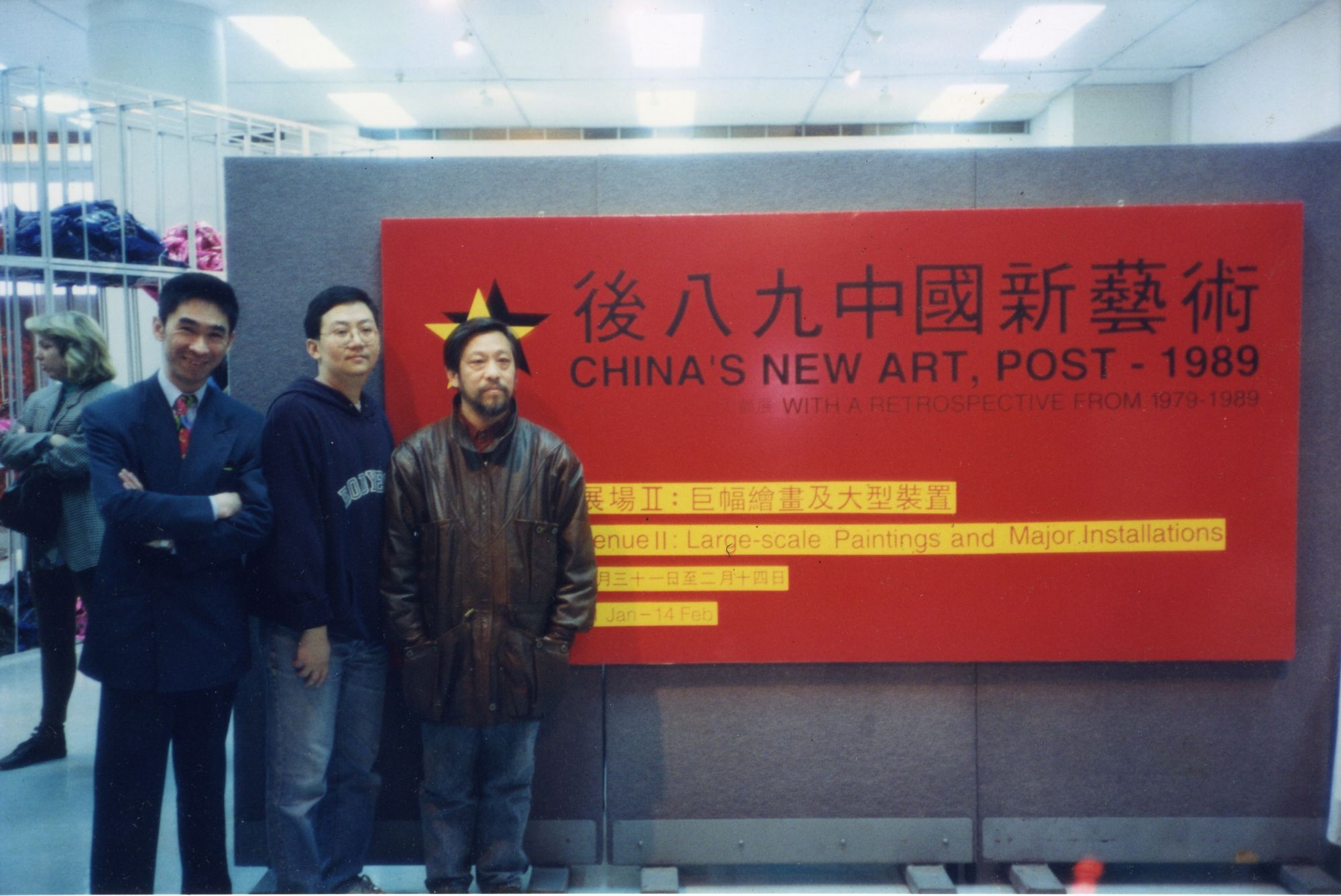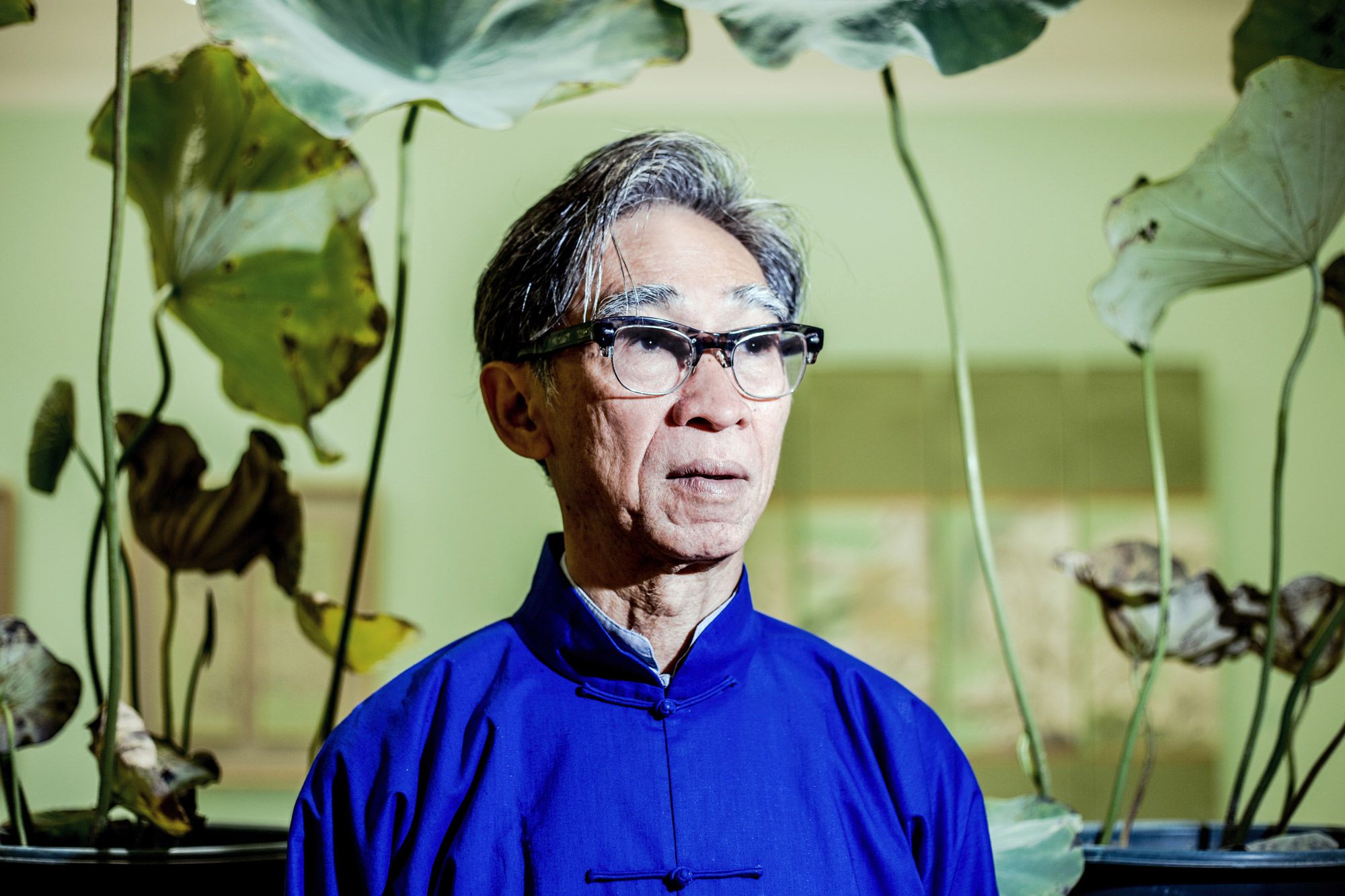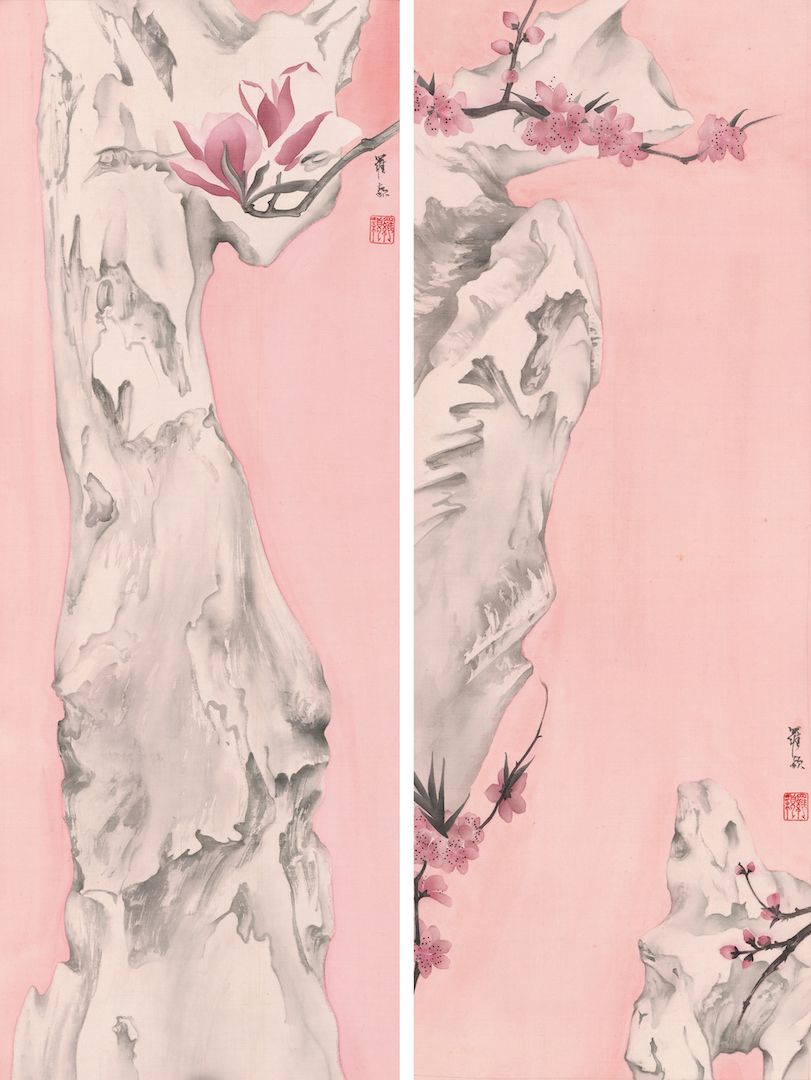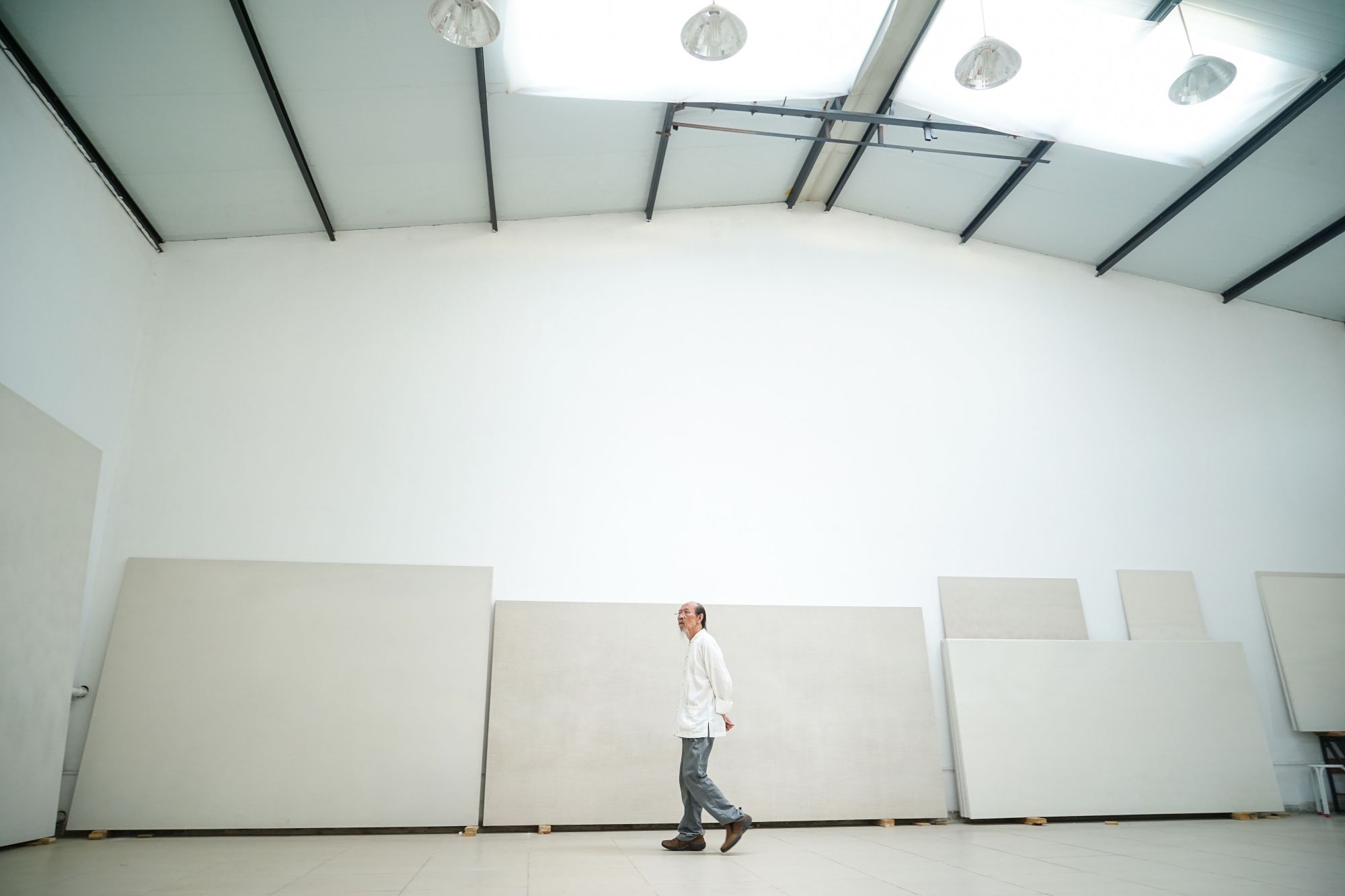The founder of Hanart TZ gallery and co-founder of Asia Art Archive reflects on his thirty-plus year career—and reveals what he's working on next
With his thick-rimmed glasses, Mandarin-collar jacket and broad smile, Johnson Chang is an instantly recognisable figure at many of Hong Kong’s art events—but he’s famous for far more than his fashion sense.
Johnson is widely regarded as the person who kick-started global interest in Chinese contemporary art, turning painters such as Zeng Fanzhi, Wang Guangyi and Fang Lijun into international sensations by curating era-defining exhibitions such as "The Stars: 10 Years" and "China’s New Art, Post 1989".
Here, he recalls scouring Hong Kong for art books as a child in the 1960s, explains why he’s so excited by Tai Kwun and reveals why he’s still looking for young artists to show in his gallery, Hanart TZ, which he established in 1983.
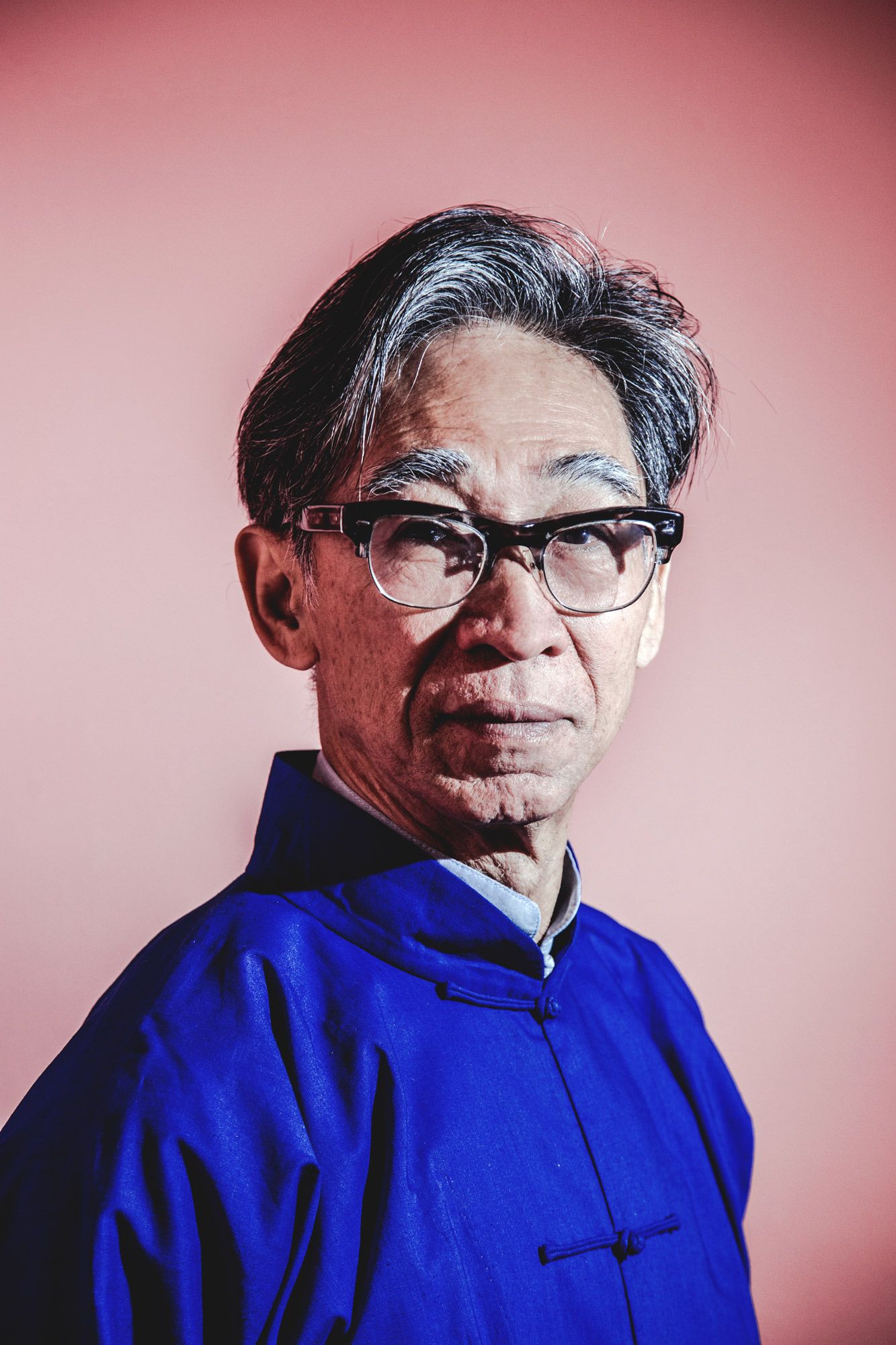
What was the first work of art that moved you?
I can’t remember my first infantile rapture with art, but it must be from some sort of Chinese comic strips of historical, military novels. As a child I was always interested in drawing things and when I was a teenager, one of my uncles invited me to view his collection of important classical paintings from the Shanghai and Suzhou region, which was my first lesson in connoisseurship.
I also spent many of my idle hours browsing art books at Swindon Books on Lock Road in Tsim Sha Tsui.

